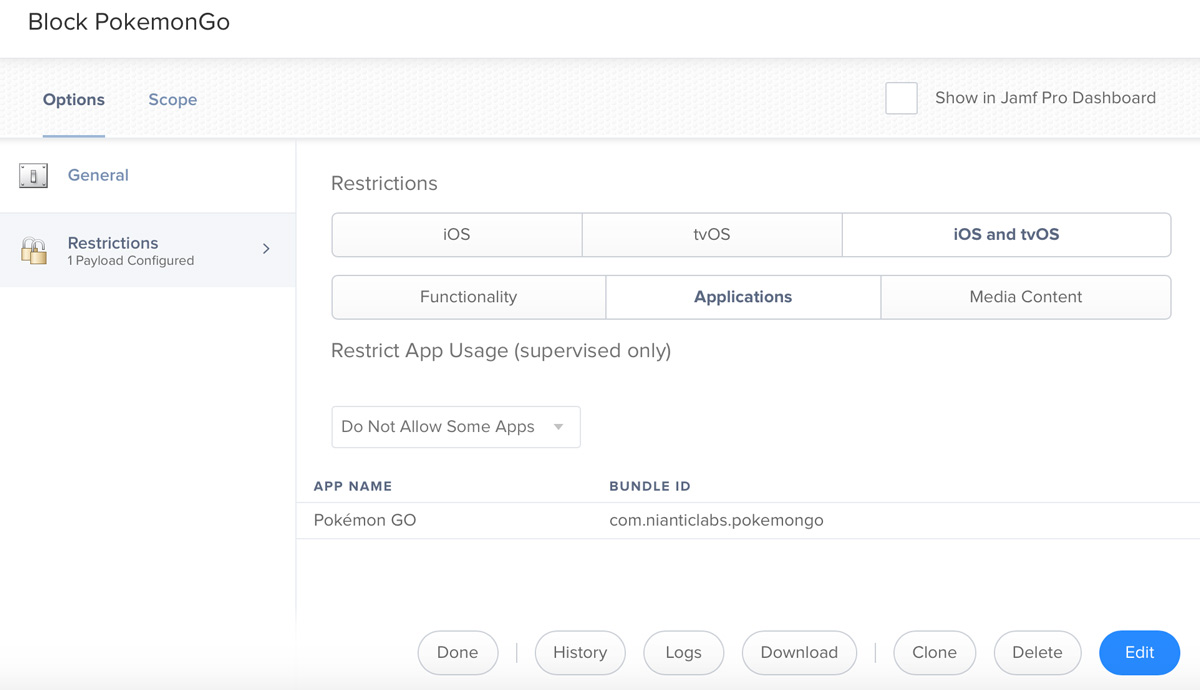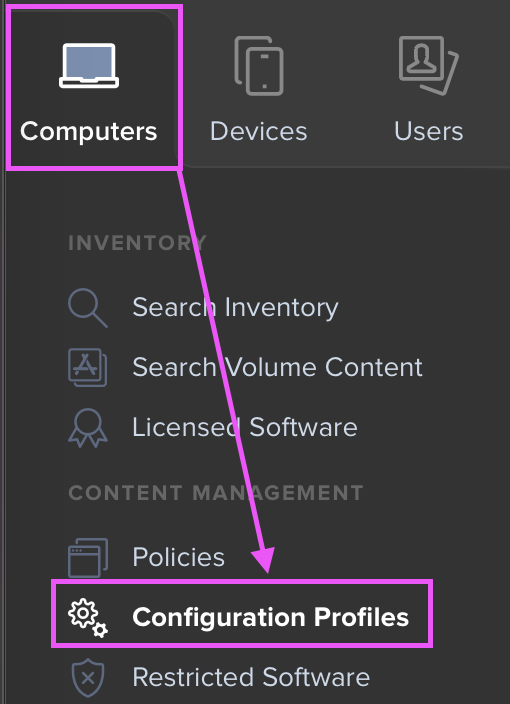

Now, What are Webhooks? Well, Brad Becker took the stage to tackle that very topic. We were shown a chart with the Events API and 20 of those Events API endpoints have a companion Webhook. One real world example Doug gave was reporting new device check-in information to a third party asset management software in real-time. There are 23 different events that the JSS can listen for within the context of Tomcat. Next on the agenda was Events API, Doug explained where you can write up some java code that listens for and reacts to different events that are occurring in your JSS. He also reminded us to use advanced searches to limit the size of the data sets and therefore the strain on the server when working with API calls. Doug wrapped up Customer API by sharing a few tips such as POST using an ID of zero and it will return the new ID chosen for that record. We were also given a look into the use of “./subset/basic” which is not documented on all endpoints but can be used to limit the amount of data returned from the server. A hot tip was an API endpoint you may not know about: “/JSSCheckConnection”.

ĭoug went on to show off the 10 new API endpoints that were added to Jamf in 9.82.Ī notable example was “/computerapplications” which can be used to find specific versions of a software title. Detailed documentation and interactive example exercises are provided in every install of the Jamf server. These commands are standard REST HTTP methods (GET, POST, PUT and DELETE). With the Jamf server API, admins are able to leverage the API to: retrieve, add, update and delete data. He also offered an example case that determined if devices are managed and using that information to update static groups accordingly, all using scripting and the API. Additionally, they took a look at when and why it’s important to use different API options.ĭoug started off by providing an overview of the Customer API by explaining use cases in the real world, such as updating building and departments. In today’s session, Jamf product experts, Tani Kawleit, Doug Rhoten and Brad Becker shared how they see customers using APIs and explained some unique things they’ve built to enhance the user experiences.


 0 kommentar(er)
0 kommentar(er)
